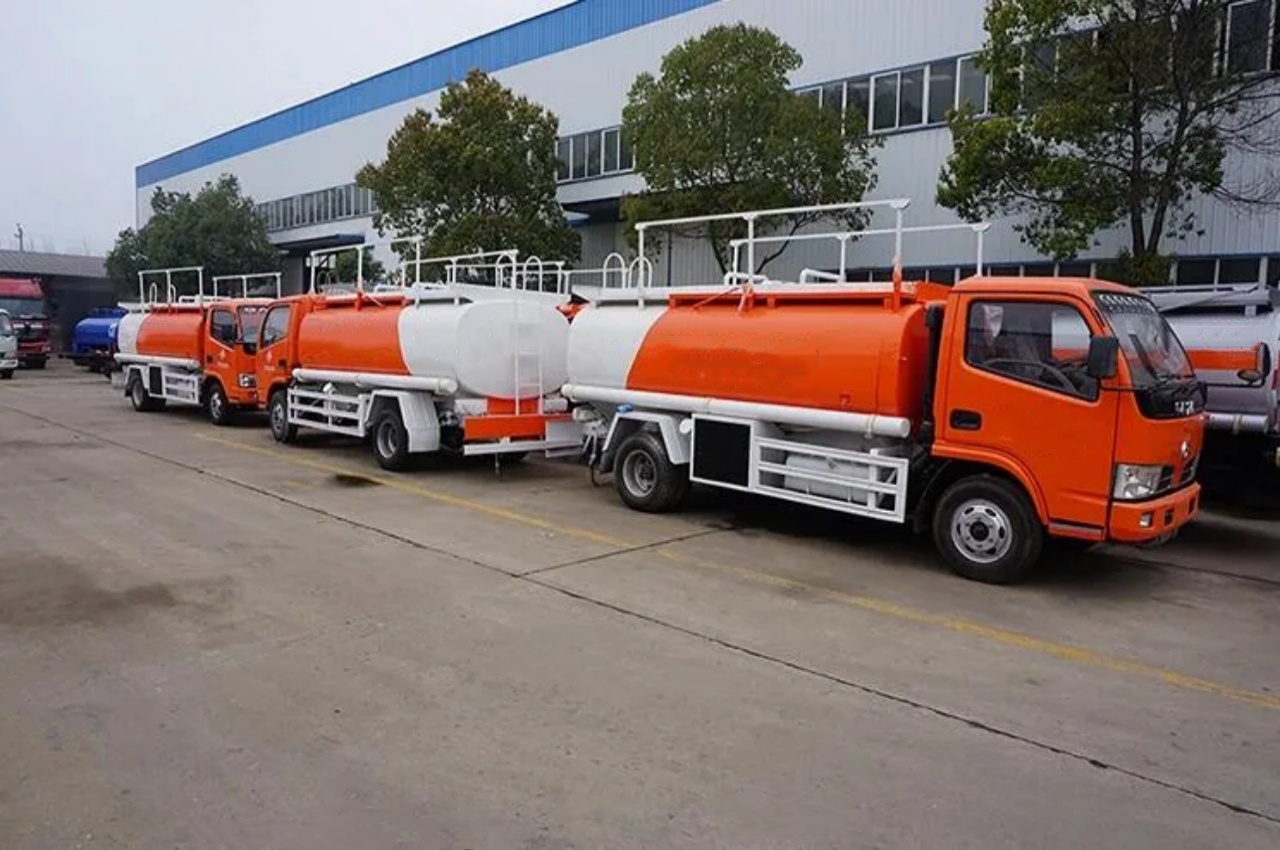Diesel tankers are vital components in the transportation of fuel across cities, regions, and even countries. These tankers are designed specifically to carry large volumes of diesel fuel, ensuring that fuel stations, construction sites, industrial operations, and other entities receive a consistent supply. A critical aspect of diesel tanker operations is the capacity of these tankers—how much diesel can they hold? The answer varies based on several factors, including the type of tanker, its design, regional regulations, and the purpose for which it is used.
Understanding Diesel Tankers
Diesel tankers are specialized vehicles or trailers fitted with cylindrical tanks that store and transport diesel fuel safely. They are equipped with features like baffles (internal walls that minimize fuel movement during transport), anti-static grounding equipment, pressure relief valves, and fire suppression systems to ensure safety and efficiency.
These tankers come in different sizes and are mounted either on rigid truck chassis or as semi-trailers towed by tractors. Smaller versions may serve local delivery roles, while larger units are deployed for long-distance hauling and bulk supply operations.
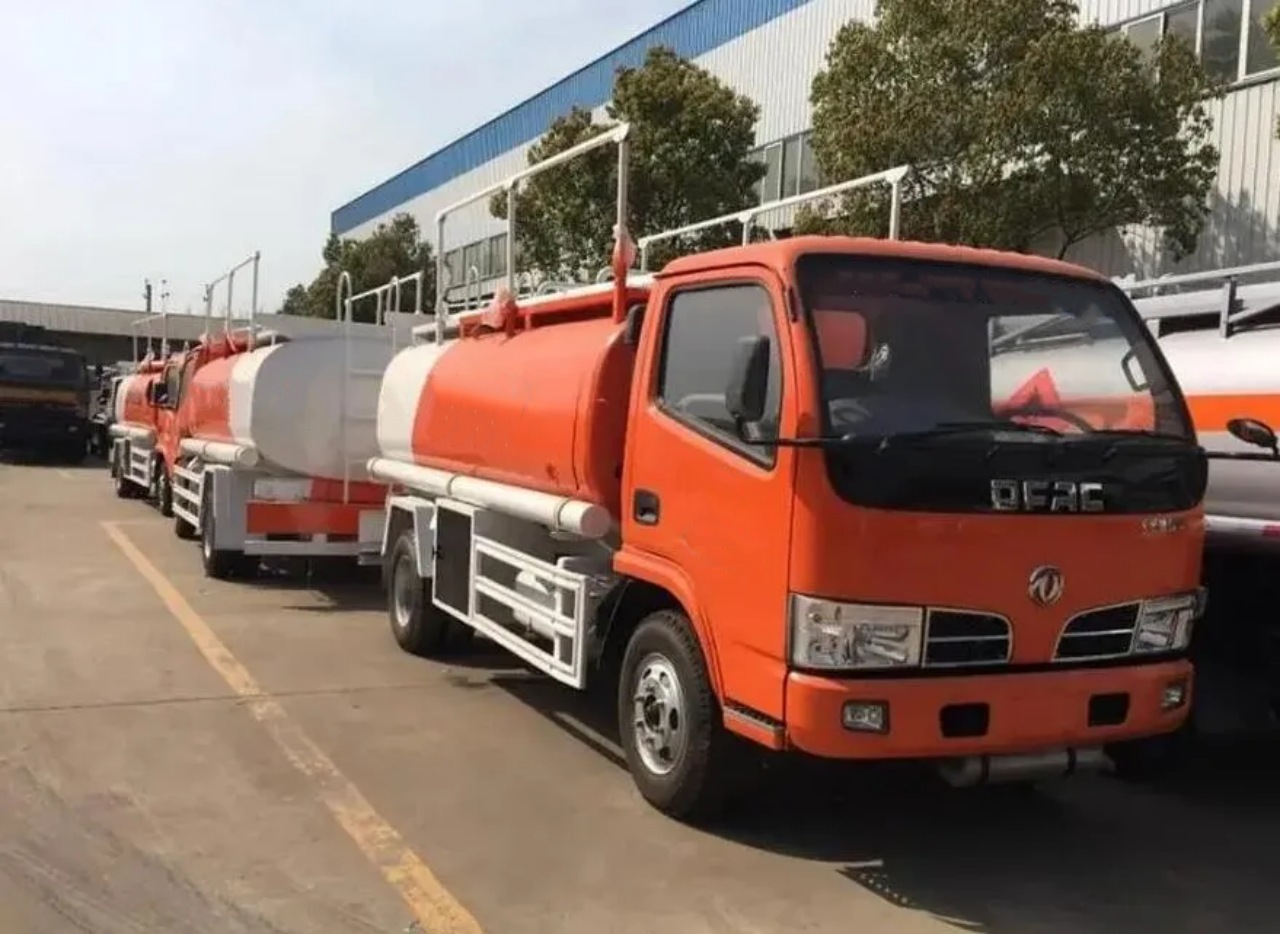
Factors That Influence Tanker Capacity
Several factors influence the capacity of a diesel tanker:
- Vehicle Type and Size: Diesel tankers range from small, rigid chassis trucks to massive articulated semi-trailers.
- Legal Weight Limits: Every country has regulations governing the maximum allowable weight for road vehicles. These limits include both the vehicle’s weight (tare weight) and its payload (the diesel it carries). Exceeding these limits can cause road damage or increase accident risk.
- Axle Configuration: The number of axles affects how much weight a truck can legally carry. For example, a 5-axle configuration allows more payload than a 3-axle one.
- Design Efficiency: Some tankers are compartmentalized to carry different types of fuel or provide better weight distribution, impacting their overall usable capacity.
Common Capacities of Diesel Tankers
Let’s break down the typical capacities based on tanker size and application:
1. Small Diesel Tankers (Light-Duty)
- Capacity: 1,000 to 5,000 liters (264 to 1,320 gallons)
- Use Cases: These are usually used for urban fuel delivery, construction sites, or agricultural applications.
- Vehicle Type: Typically mounted on light trucks or pickup chassis.
- Advantages: Easy maneuverability, quick delivery cycles.
2. Medium Diesel Tankers (Medium-Duty)
- Capacity: 5,000 to 15,000 liters (1,320 to 3,960 gallons)
- Use Cases: Regional fuel distribution, emergency refueling services, fleet refueling.
- Vehicle Type: Mounted on 2- to 3-axle medium trucks.
- Advantages: Balance between payload and access to urban or rural delivery points.
3. Large Diesel Tankers (Heavy-Duty)
- Capacity: 15,000 to 30,000 liters (3,960 to 7,925 gallons)
- Use Cases: Highway transport, refinery distribution, airport, and port fuel logistics.
- Vehicle Type: Mounted on heavy-duty trucks or articulated trailers.
- Advantages: High capacity, efficient long-distance fuel transport.
4. Ultra-Large Diesel Tankers (Highway Semi-Trailers)
- Capacity: 30,000 to 60,000 liters (7,925 to 15,850 gallons)
- Use Cases: Cross-country or international fuel distribution, fuel terminals to large storage depots.
- Vehicle Type: Multi-axle articulated semi-trailers.
- Advantages: Maximum volume transport, optimized for bulk deliveries.
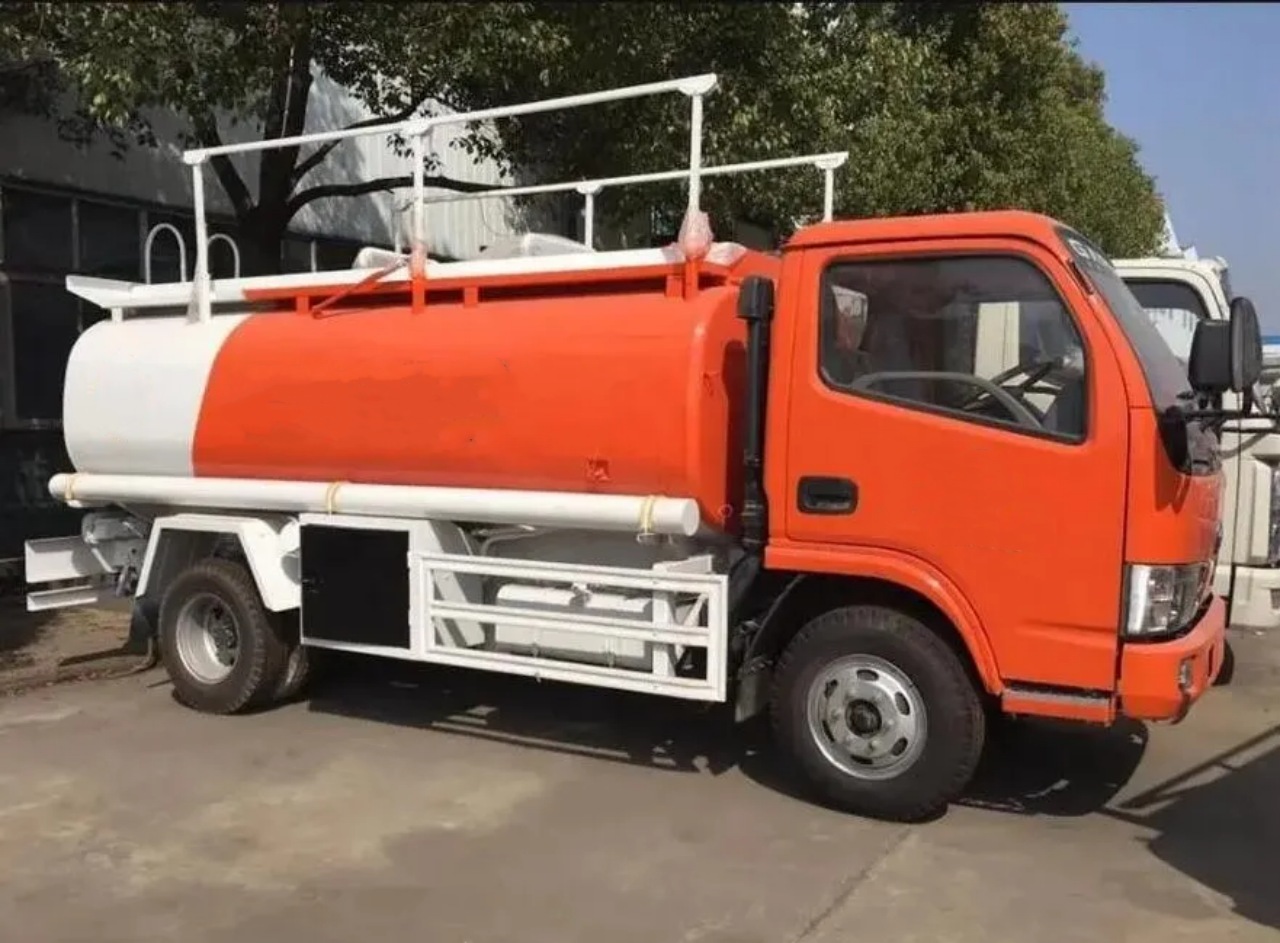
Capacity by Region
Fuel tanker capacities also vary depending on geographic and regulatory contexts:
- United States: Diesel tankers typically range from 5,000 to 11,600 gallons (approximately 19,000 to 44,000 liters), depending on road laws, especially concerning weight and axle count.
- Europe: Most countries enforce strict limits on gross vehicle weight (usually 40 tons), which constrains diesel tanker capacity to about 36,000 liters on average.
- Australia: Due to vast distances, road trains are common. These can haul multiple trailers, with total diesel capacities reaching up to 100,000 liters (26,400 gallons).
- Asia and Africa: Capacity can range widely from 5,000 to 45,000 liters, depending on the infrastructure and regulations of each country.
Why Capacity Matters
The capacity of a diesel tanker is a vital consideration for logistics companies, fuel distributors, and end users alike. Here’s why:
- Economies of Scale: Larger tankers can reduce the cost per liter of delivery, making operations more economical.
- Route Planning: Capacity affects how many stops a tanker can make and how long it can stay in operation before needing a refill.
- Regulatory Compliance: Staying within legal weight limits is crucial for safety and avoiding fines.
- Environmental Impact: Fewer trips with higher-capacity tankers can lead to lower emissions per gallon delivered.
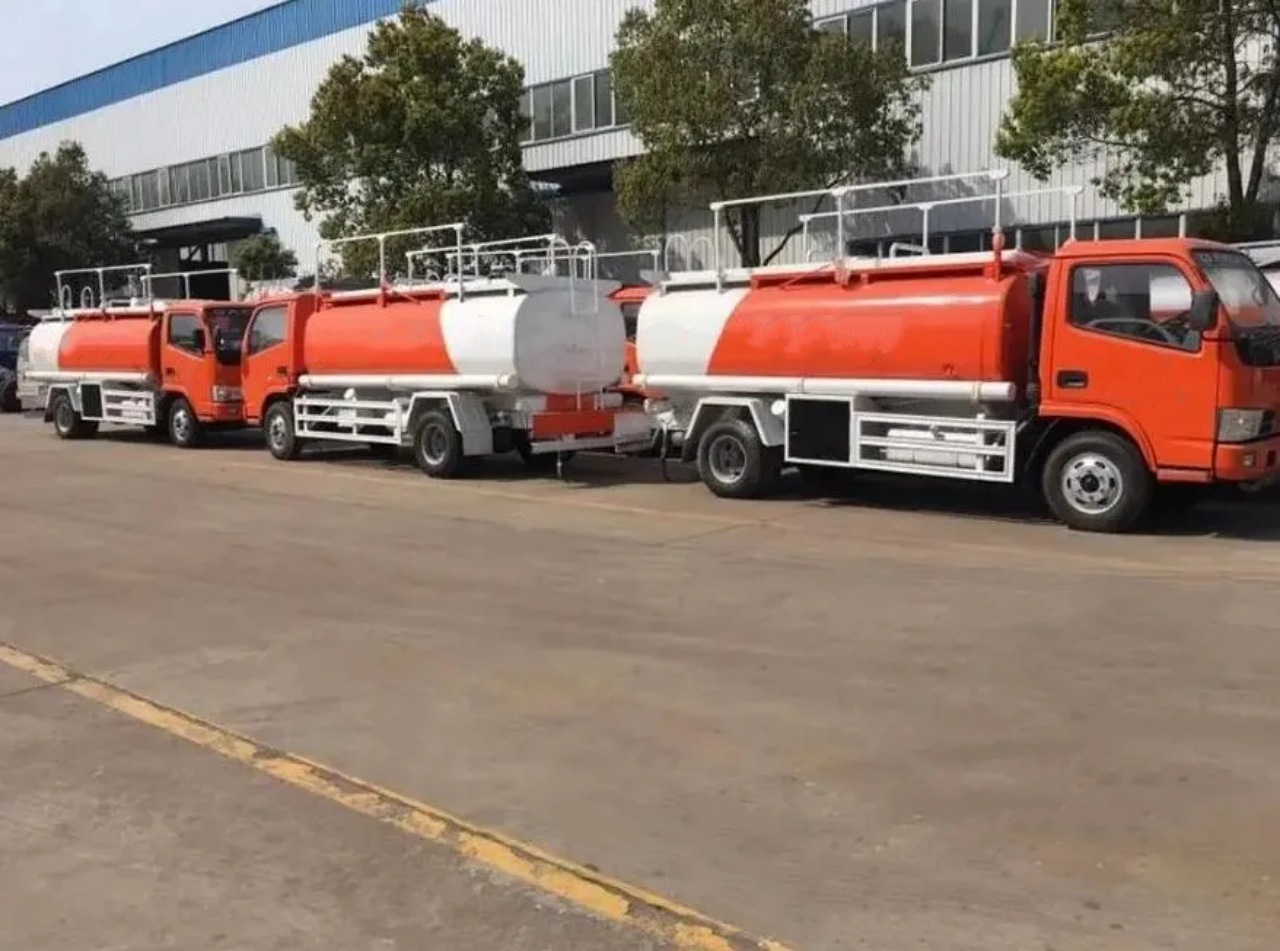
Compartmentalization and Fuel Versatility
Many diesel tankers are divided into compartments that can carry different grades of fuel simultaneously. This doesn’t increase overall capacity but improves logistical efficiency. Compartments also help stabilize the load, minimizing the “slosh” effect that can impact vehicle handling.
A typical 40,000-liter tanker might be divided into 4 to 6 compartments, with each holding anywhere from 5,000 to 10,000 liters. These are often used to deliver multiple fuel types to different stations in one trip.
Technological Enhancements
Modern diesel tankers come equipped with various technologies to ensure accurate fuel delivery and operational safety:
- GPS Tracking: For real-time monitoring of location and fuel theft prevention.
- Flow Meters and Fuel Management Systems: Ensure accurate measurement and accountability.
- Emergency Shut-Off Valves: For spill prevention during accidents.
- Anti-Siphon Devices: Prevent unauthorized fuel extraction.
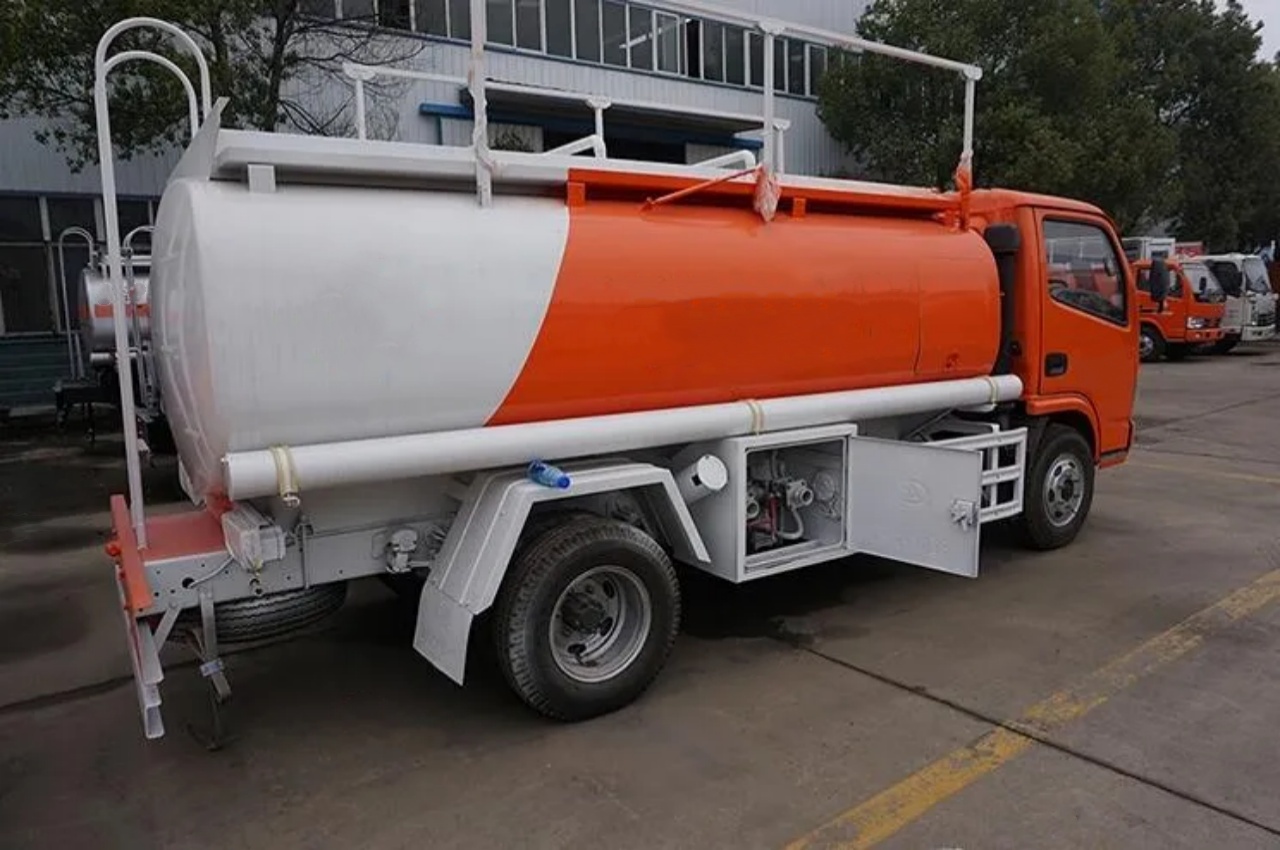
Conclusion
The capacity of a diesel tanker can vary widely, from as little as 1,000 liters in compact, urban delivery trucks to over 60,000 liters in large semi-trailers. The actual size depends on numerous factors, including regional regulations, vehicle design, and the operational purpose of the tanker. Regardless of size, all diesel tankers play a crucial role in ensuring the steady, safe, and efficient distribution of one of the world’s most important fuels.
Understanding tanker capacity not only helps in logistical planning and cost control but also ensures compliance with safety and regulatory standards. As technology advances and demand for efficient fuel delivery grows, we can expect even more optimized designs in diesel tanker capacity and functionality.
